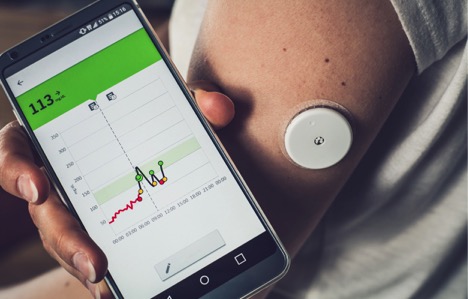
2021 Highlights Cybersecurity Threats for Medical Devices, Vaccines and Healthcare Personnel
Increased use of remote and telehealth programs, networked medical devices, and “smart” product storage come with their own inherent risks.

Increased use of remote and telehealth programs, networked medical devices, and “smart” product storage come with their own inherent risks.

Using the right strategy, remote patient monitoring turns episodic care into preventative care, potentially improving the patient experience and health outcomes.

We all need to play a role to drive the innovative changes necessary and not wait for someone else to do it.

Devices by themselves don’t improve outcomes. Better lifestyle integration is key to driving changes in patient compliance—embedding sensors into the sorts of devices people can use every day to increase opportunities for passive biometric capture and to facilitate therapeutics.

Regardless of the reason for disposing of a medical device or other electronic equipment, the product must be destroyed in a manner in which it can never be reused or identified as coming from your organization. In addition, the resulting materials from the destruction process be disposed of in an environmentally appropriate and regulatory compliant manner.

How artificial intelligence and automation play an important role in future-proofing networks.

The absence of any of these disciplines can lead to blind spots that can introduce risk, but they are not all created equal.

As one of the nation’s largest industries, and one that is experiencing serious issues with cost, staffing and customer experience, healthcare is a prime candidate for IoT solutions.

The collective variables within the healthcare system make it difficult to guarantee device security all the time.

A Q&A with MedCrypt’s Axel Wirth sheds light on urgent problems that the medtech industry is facing regarding device security, but assures us that the sky is not falling.